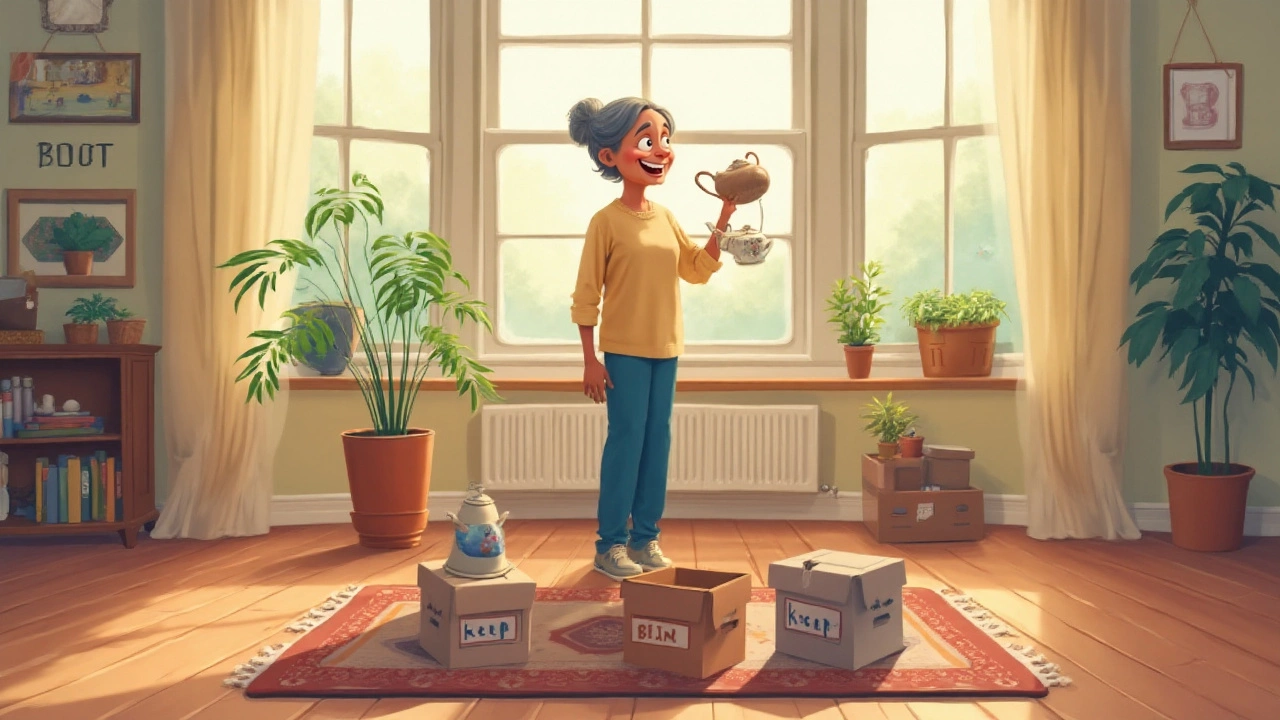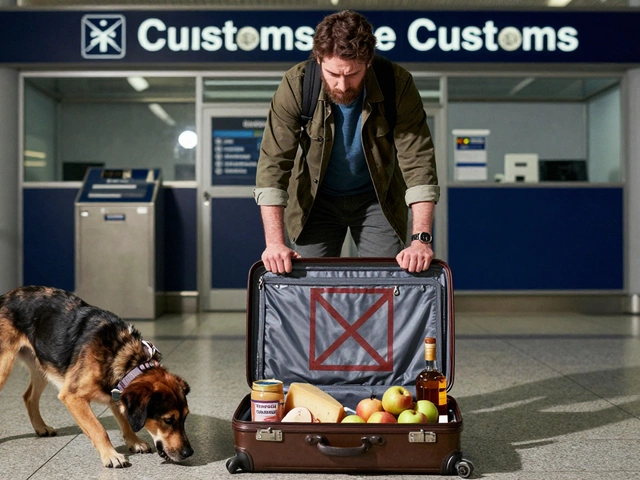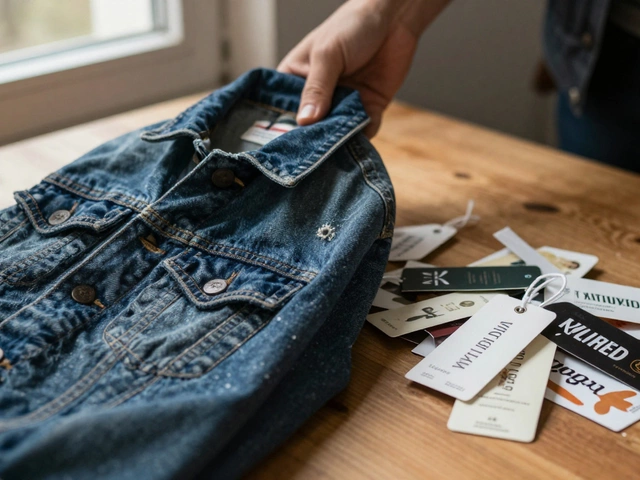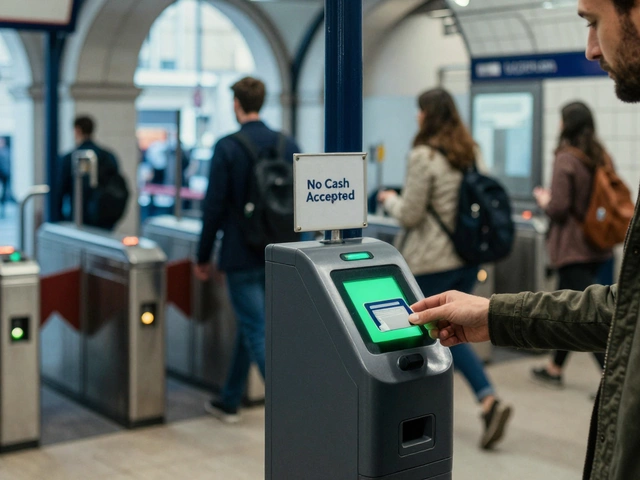Ever noticed how our homes sometimes feel like they’re shrinking? Not because the walls are closing in, but because we keep filling up every drawer, shelf, and nook. Stuff piles up surprisingly fast—old jeans, gadgets from two upgrades ago, mugs we don’t even like. The real kicker? Most of it just sits there, collecting dust, making cleaning harder than it should be. If you’ve ever found yourself standing blankly in the middle of a messy room wondering, Where do I even start?, the 90 90 rule for decluttering might just save your sanity. It’s not another fancy philosophy or an endless list of questions to ask yourself about every sock you own. No, this one’s direct, actionable, and—trust me—kind of addictive once you get the hang of it.
What Is the 90 90 Rule and Where Did It Come From?
Decluttering advice gets tossed around so much, but the 90 90 rule is refreshingly simple. Here’s how it works: you pick up an item and ask yourself two things. Have I used this in the last 90 days? Will I use it in the next 90 days? If the answer is no to both, it’s time to let it go. That’s it. No trips down memory lane, no guilt-tripping about the money you spent on that bread maker during lockdown. The rule comes from Joshua Fields Millburn and Ryan Nicodemus, better known as The Minimalists. They started talking about it on their podcast and blog around 2020, right as the world was starting to notice just how much clutter living at home full-time can create. Their core message? Most us hang onto things we rarely (or never) actually need. The 90 90 rule gives you an easy way to cut through hesitation and make decisions fast.
The beauty of this rule lies in its flexibility. Ninety days is long enough to cover more than just mood swings and trends, but not so long that you end up keeping things 'just in case' forever. Of course, it’s not about rigidly living with 12 shirts and a toothbrush. Family heirlooms and emergency snow shovels don’t need to go. The focus is on everyday clutter—the stuff that crowds your life quietly until your closet’s bursting and you can’t find your keys.
People often say, “But what if I need it someday?” Stats show Americans, for example, have an average of 300,000 items in their homes. That’s wild, right? Yet, most of these things haven’t been touched in months, sometimes years. The 90 90 rule helps chip away at that, one sweatshirt or mixing spoon at a time. Studies even suggest decluttering can improve your mood, reduce anxiety, and help you sleep better. Seems like ditching the old waffle iron might be even better than a new scented candle.
How to Use the 90 90 Rule in Real Life
It sounds good, but how do you actually make this work in your daily routine? Let’s break it down. First, choose a room or even just a section, like your wardrobe or kitchen drawers. If you tackle everything at once, things get overwhelming fast and you’ll probably give up halfway through. Instead, start with a single drawer, a corner of your closet, or that shelf next to the fridge where random stuff magically appears.
Go item by item. Pick up your second-best spatula. When did you last use it? Last week for pancakes? Great, it stays. Haven’t touched it since Easter brunch three years ago? Would you really use it in the next 90 days? Probably not. Into the box it goes—for donating, selling, or tossing, depending on its condition. Work your way through, being honest with yourself as you go. You can even make a little game of it: set a timer for 20 minutes and see how many items you can go through. Once that’s over, take a break. Nobody has to do a whole house in a weekend.
If you’re stuck, try tracking your usage. For clothes, hang all your choices with hangers backwards. When you wear something, turn the hanger the right way. In 90 days, whatever’s still facing backwards probably isn’t worth keeping (looking at you, neon windbreaker). The same goes for kitchenware: keep a basket nearby, and whenever you use a spatula or a mug, drop it in the basket after washing. After 90 days, see what’s left unused in the cabinets. This little trick takes out the guesswork and guilt from your decisions.
It also helps to take a quick inventory before grocery shopping or buying anything new. The urge to get 'just one more' reusable bottle is strong, but remember: unless you’re using them, it’s just another thing you’ll have to clear eventually. A good tip here is the 'one-in, one-out' rule: every time you buy something new, commit to donating, selling, or tossing an old item. You’ll keep things manageable without feeling deprived.
Lots of people swear by scheduling '90 90 sessions' once a season. As the weather changes, so do our routines and wardrobes—that winter scarf will stay packed away until November, but those sunglasses need to be handy. Setting aside a day as you swap over scenes, try a quick 90 90 check of your most-used spaces.
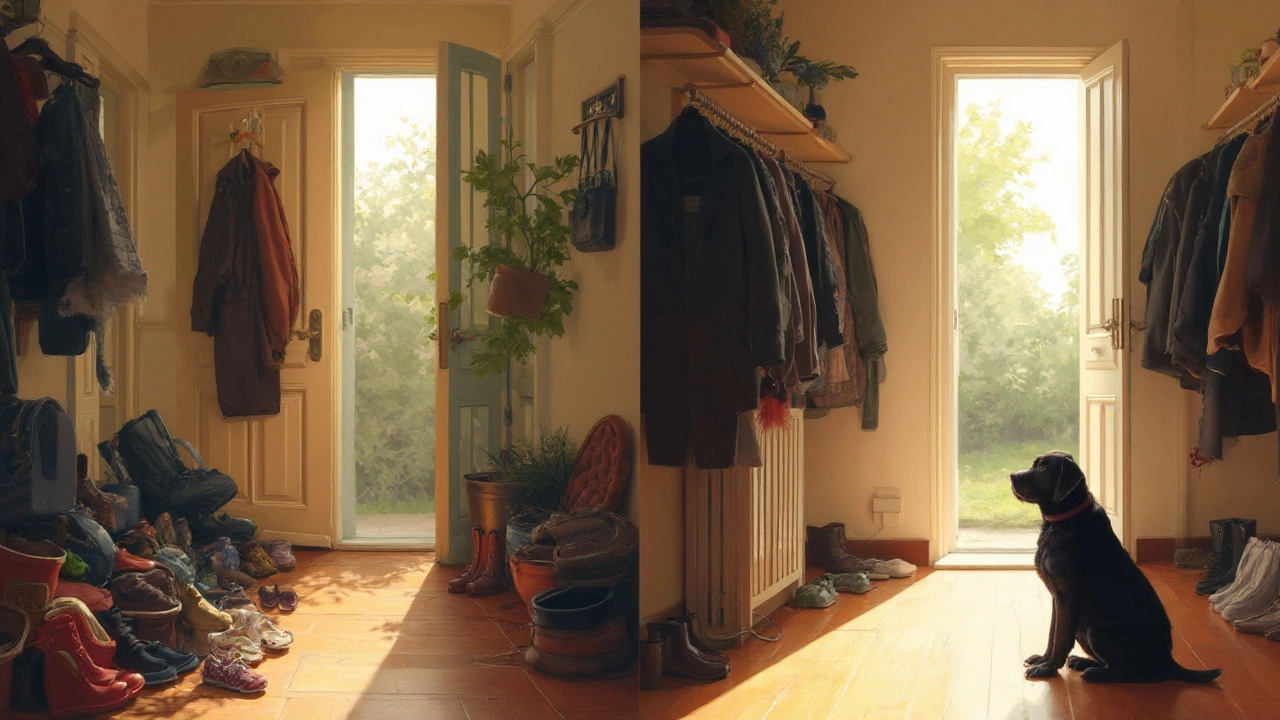
Why the 90 90 Rule Actually Works
This rule sticks because it slices through our excuses with a pretty sharp edge. The temptation to save things 'just in case' burns strong. But 90 days covers three whole months—that’s most seasons, plenty for holidays, family birthdays, even those weird theme parties you get invited to twice a year. If you haven’t used something once in those 180 days (past plus future), the odds of actually needing it are slim.
There’s real psychology backing this up. Our brains crave order and simplicity. Clutter brings mental pressure. You know that feeling after you clear off your kitchen counter or purge your bathroom cabinet and suddenly it feels like you can breathe again? That’s your brain thanking you for not having to process as much visual noise. The 90 90 rule taps into the 'fresh start effect'—nudging us to focus on what’s functional and relevant, not sentimental weight or sunk costs.
And here’s a fun fact: several polls have shown that people spend up to 2.5 days a year looking for lost or misplaced items at home. The more stuff around, the harder it is to keep track. Cut down the extra, and both your stress and search time nosedive. Plus, homes that stick to methods like the 90 90 rule reportedly have quicker cleaning routines because surfaces are actually visible.
The ripple effects go further than just a tidy sock drawer. Decluttering can even save you money. Studies in the U.S. found that people often buy duplicate items (hello, third vegetable peeler) simply because they can’t find what they already own or forgot they even had it. The less you keep, the easier it is to know what you have, so you only need to buy what’s truly necessary. There’s also a boost for mental wellness: researchers at UCLA’s Center on Everyday Lives of Families found that clutter leads to increased levels of cortisol, the stress hormone, especially for women.
Here’s a look at how much stuff is really sitting unused in homes, based on a mix of consumer surveys and research:
| Item Category | Average Time Unused | % Homes Reporting Unused |
|---|---|---|
| Kitchen gadgets | 1-2 years | 68% |
| Clothing (seasonal) | 6+ months | 52% |
| Books/DVDs | 2+ years | 59% |
| Electronic devices | 1+ year | 41% |
These numbers make it clear—most homes could benefit from paring back. And once you free up space, your whole place feels less cramped and more welcoming. It’s way easier to clean, decorate, and even host friends (without that pre-visit panic clean-up).
Tips for Sticking With the 90 90 Rule and Making Decluttering a Habit
Decluttering isn’t a one-time thing. Junk sneaks back in. The trick is turning the 90 90 rule into part of your regular rhythm. Here are some ideas that actually work, borrowed from real people who’ve seen huge changes with this rule:
- Set reminders: Block out time in your calendar for '90 90 check'—maybe each quarter, or whenever daylight saving time rolls around. Built-in reminders help you actually commit rather than just hope you’ll remember.
- Start small but regular: Keep a 'donate' box handy (some stash it in their closets, others in the hall). Whenever something fails the 90 90 rule, toss it in. When it’s full, make a quick donation run or arrange a pickup.
- Stay honest: The hardest part is being real with yourself. If you’re unsure, put questionable stuff in a bin out of sight. Set a calendar alert for 90 days later—if you haven’t had to go dig it out, you can safely let it go.
- Get support: Some people team up with a friend or roommate for extra motivation. Think mini decluttering parties, swapping stories about finds and fails. It’s way less intimidating with company and snacks involved.
- Make it visual: Before and after photos are super motivating when the slog feels endless. Snap a shot before clearing a shelf, then again afterward. The payoff looks and feels massive.
- Define your own exceptions: Some things just don’t fit the rule—family keepsakes, seasonal gear stored out of the way, or special crafts. It’s your space, so you get to choose what genuinely matters.
Remember, the point isn’t to live with as little as possible or to impress anyone with stark minimalism. It’s about making space for what adds value—more time, less stress, easier mornings. One closet, box, or counter at a time, the 90 90 rule shifts your home from storage unit to sanctuary.

